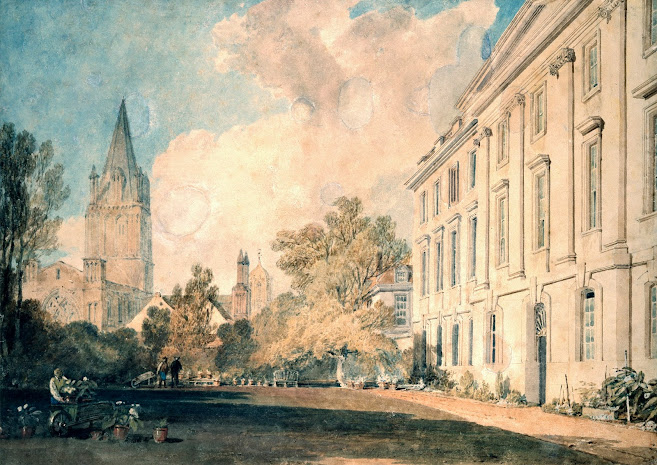Turner
Available now as an ebook!
 |
| Brittany Rowen |
J. M. W. Turner is undoubtedly one of the greatest British artists of all time. The originality of his paintings – despite the fact he worked quickly – is brilliant and unrivaled. He became a successful artist at a young age and went on to become a prominent member of the Royal Academy. Brought up in London, very near the River Thames, he became fascinated with the river and its vessels early in life. Water and ships were to remain one of his biggest influences, and many of his 20,000 or so works are dedicated to seascapes.
Turner was keen to experience as many influences as possible and he traveled extensively across the British Isles and Europe in search of inspiration. Turner made money from working in the evenings for Dr. Monro, who ran a studio where the young student would copy the works of other artists. Between the ages of 14 and 24, Turner not only worked and studied hard, but also found he had an aptitude for learning quickly.
Turner’s working methods were a closely guarded secret, however, his extensive travels and the sketches he made in his notebooks do reveal a little of how he chose to operate. It was these sketches that would form the basis for many topographical watercolors. By the end of the 19th century (at the age of 25), Turner was financially independent. In 1802, Turner was admitted as a full member of the Royal Academy – to whom he remained loyal all his life – and six years later was made professor of perspective. His career began with precise records of picturesque scenes, but he developed into an artist of incredible imagination. He is considered a genius when it comes to landscapes and was much more interested in the light that illuminated his canvases than the subjects that he used these lighting effects on. His creations served as powerful and overwhelming images of nature and the impact it had on destiny. He devoted himself from the start to landscape paintings.
Turner associated London and the River Thames with other great cities including Paris and the Seine, and Venice and the canals. He was also taken with Rome, in Italy, and the Carthage. He had a great fascination for ships and vessels on the water and had an esteemed nautical knowledge. Many commentators state that Turner’s technique in oils can be attributed to the experiments he carried out with watercolors – he remained faithful to both mediums – while he developed his individual style of whirling, evident in many of his paintings, particularly his seascapes to depict storms and other weather conditions. His whirling technique was extremely effective in his raging seas with surging waves, and this energy was transferred to the canvas and often referred to as sublime.
Available for purchase on the below links:










Comments
Post a Comment